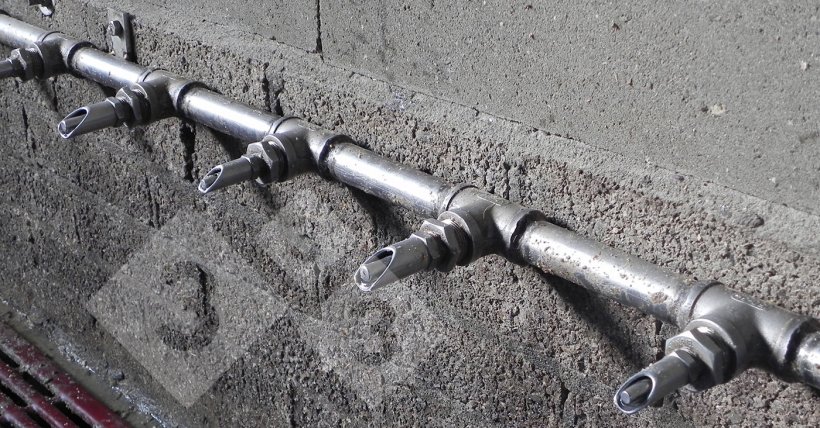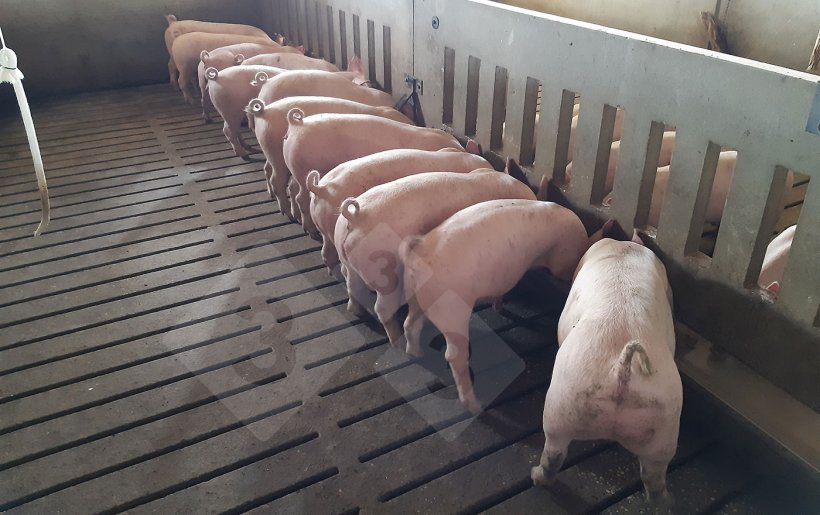The WelfarePIGnet project – Innovative and efficient techniques to improve animal welfare and biosecurity in pig farms, funded by the 2014-2020 PSR of the Emilia-Romagna Region and coordinated by the CRPA – Centro Ricerche Produzioni Animali Soc. Cons. p. A. of Reggio Emilia, has been working to transfer and disseminate best practices for pig welfare and to improve biosecurity on farms.
To achieve this goal, it was necessary to:

- Identify problems related to animal welfare and biosecurity on pig farms.
- Create an online questionnaire to be distributed to stakeholders (producers, veterinarians, agronomists, animal scientists, agricultural organization technicians, etc.) through which they scored problems from 1 to 5 based on their level of importance.
- Process the survey results and identify the top 10 issues.
- For each issue, define improvement practices (AWIP = Animal Welfare Improvement Practices).
During the first phase of the project, the main problems identified were:
- Animals' access to basic resources such as feed, quality water, and an adequate amount of environmental enrichment material.
- The area and type of floor in the pen.
- Environmental control, especially lighting, the presence of harmful gases, and ventilation.
- The implementation of biosecurity measures to prevent the entry and spread of pathogens on the farm, particularly cleaning and disinfection procedures for buildings, and the entry of vehicles and visitors.
Faced with these challenges, several practices were studied, developed, and economically evaluated that could help improve the conditions of our animals.
In the first article, we discussed environmental control. Now, in this second installment, we will focus on practices that improve pigs' access to drinking water and feed.
Drinking water
Water is an essential nutrient, and its proper management is crucial to ensure animal welfare and achieve optimal productive and reproductive performance.
To provide animals with sufficient drinking water, automatic nipple drinkers are preferred, where water flow is controlled by the animal itself through simple mouth movements to open the valve; or bowl drinkers, which are containers of varying shapes and sizes, from which the pig drinks naturally by immersing its mouth in the water.

Nipple type drinker.
A nipple drinker can serve a maximum of 12 pigs in the nursery and finishing phases or no more than 6 gestating sows. In Italy, they cost between €11 and €16. When feed is dry and rationed, it is good practice not to exceed 10 pigs per drinker, as water demand is concentrated in a short period immediately after meals.
A bowl drinker, on the other hand, can serve a maximum of 15 animals, although in Spain, the new legislation limits it to 12 animals. Its cost in Italy ranges from €35 to €47, depending on the type of drinker.
Virtual Tour: Proper drinking water management (in Italian)
Feed
Feed can be provided in two ways: in rations distributed throughout the day, or ad libitum, where feed is always present and available.

Feed can be delivered through limited-length feeders, mainly for wet-dry ad libitum feeding, or through a continuous trough in the case of rationed feeding, which can be single or double when feeding two adjacent pens.
There are also hopper-type feeders, mainly used for dry ad libitum feeding, generally in the shape of a parallelepiped or cylinder. These can have multiple feeding openings separated by dividers or be individual.

Ration feeding - long trough feeder.
When supplying rationed feed in trough feeders, it is necessary to correctly calculate the feeder space (Table 1) using the following formula:
F=75 x m0.34
where:
F is the feeder space expressed in millimeters;
m is the body mass expressed in kilograms.
The result corresponds to the width of the pig’s shoulders plus approximately 27% more to allow for space between adjacent animals.
The purchase and installation cost of a prefabricated trough feeder in Italy ranges from €66 to €93 per meter, depending on the materials used. In the case of a double trough feeder, the cost ranges from €79 to €105 per meter.
The purchase and installation cost of a hopper in Italy ranges from €275 to €850, depending on the materials used and its capacity.
Table 1 – Feeder space in relation to weight category
| Live weight category | Feeder space (m) |
|---|---|
| Pigs - 30 kg | 0.24 |
| Pigs - 110 kg | 0.37 |
| Pigs - 160 kg | 0.42 |
| Yong sows - 140 kg | 0.40 |
| Sows - 220 kg | 0.47 |
| Sows - 300 kg | 0.52 |
Technical sheet describing good practices for the correct administration of feed (in Italian) 



